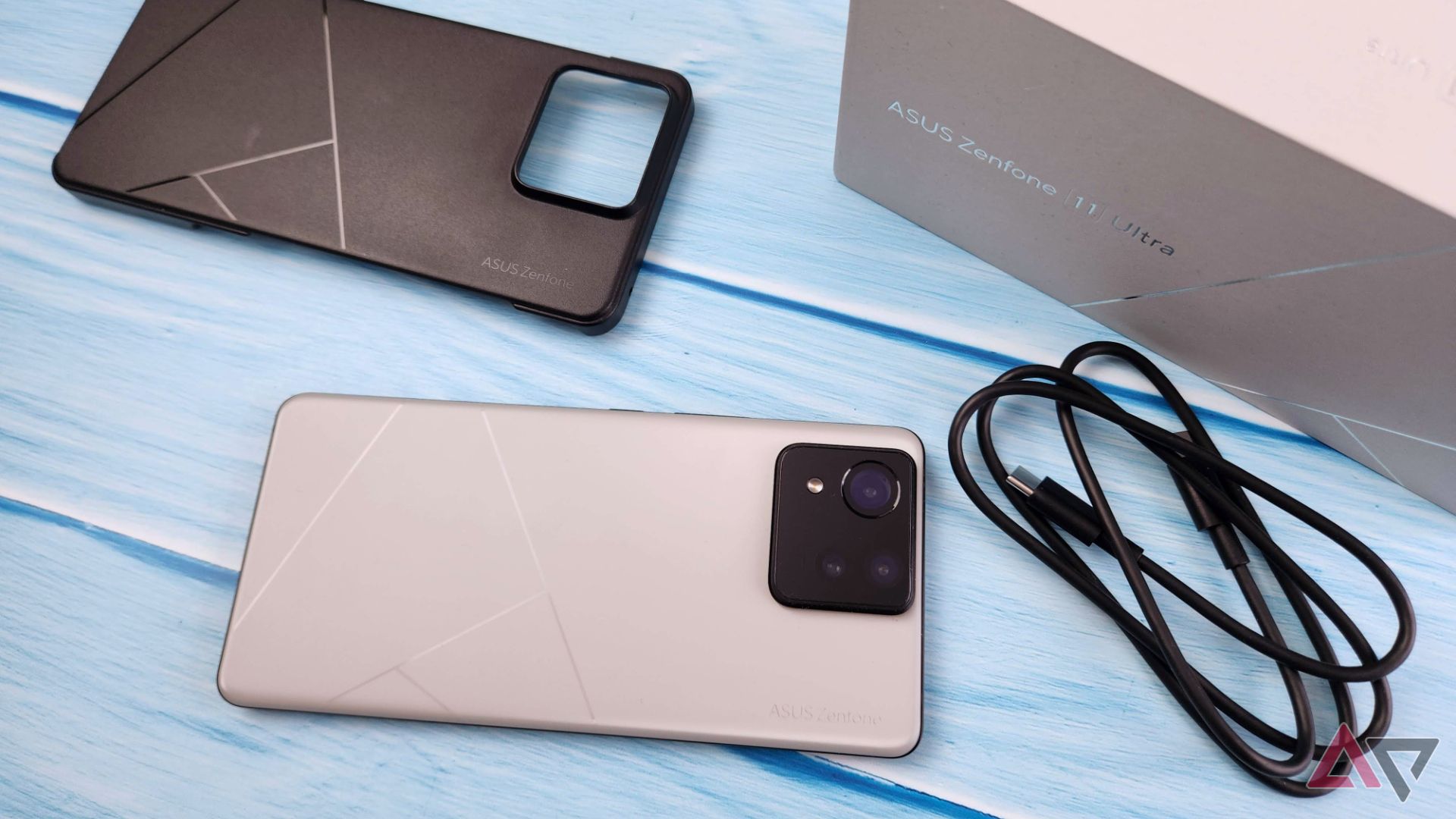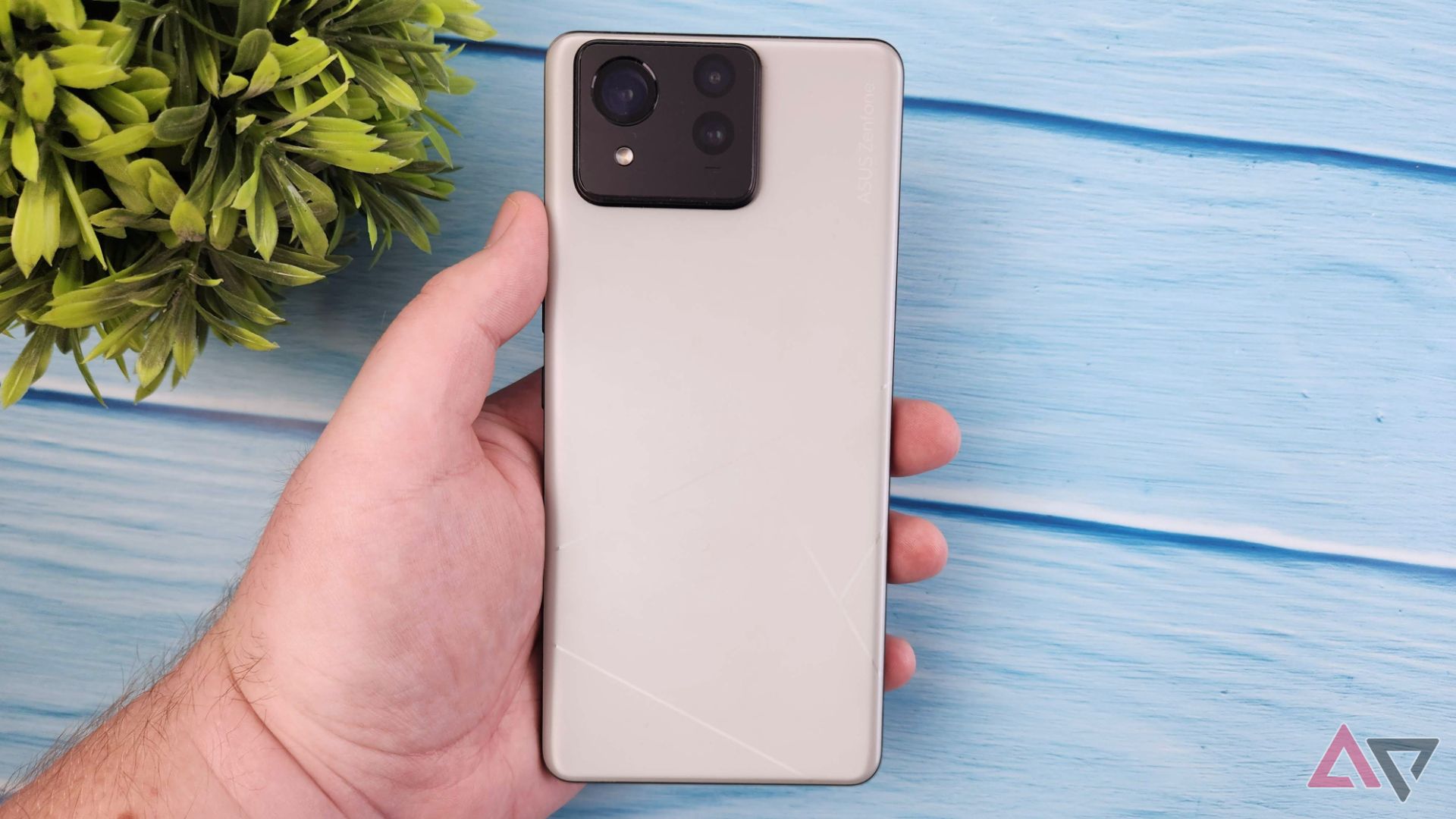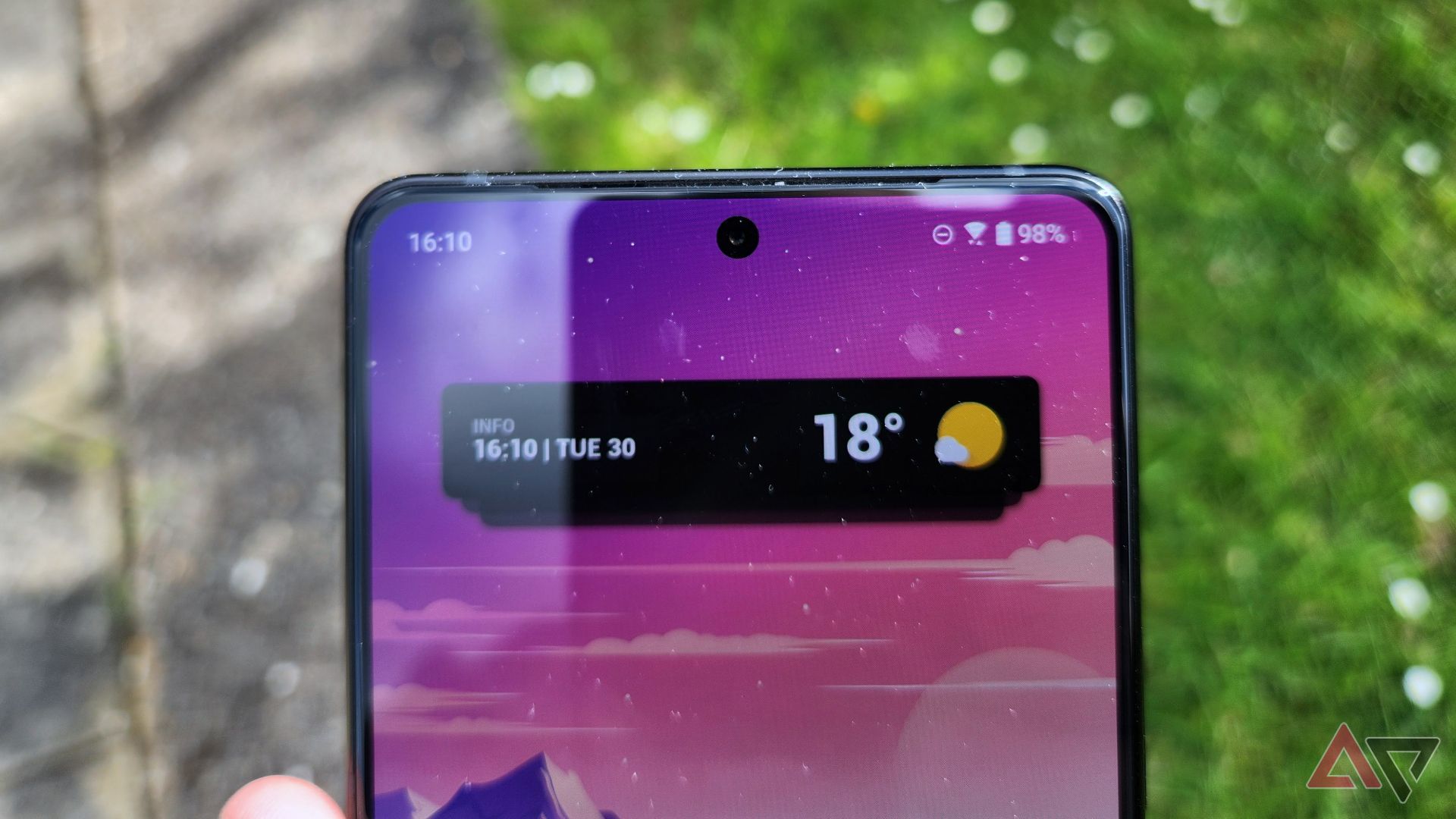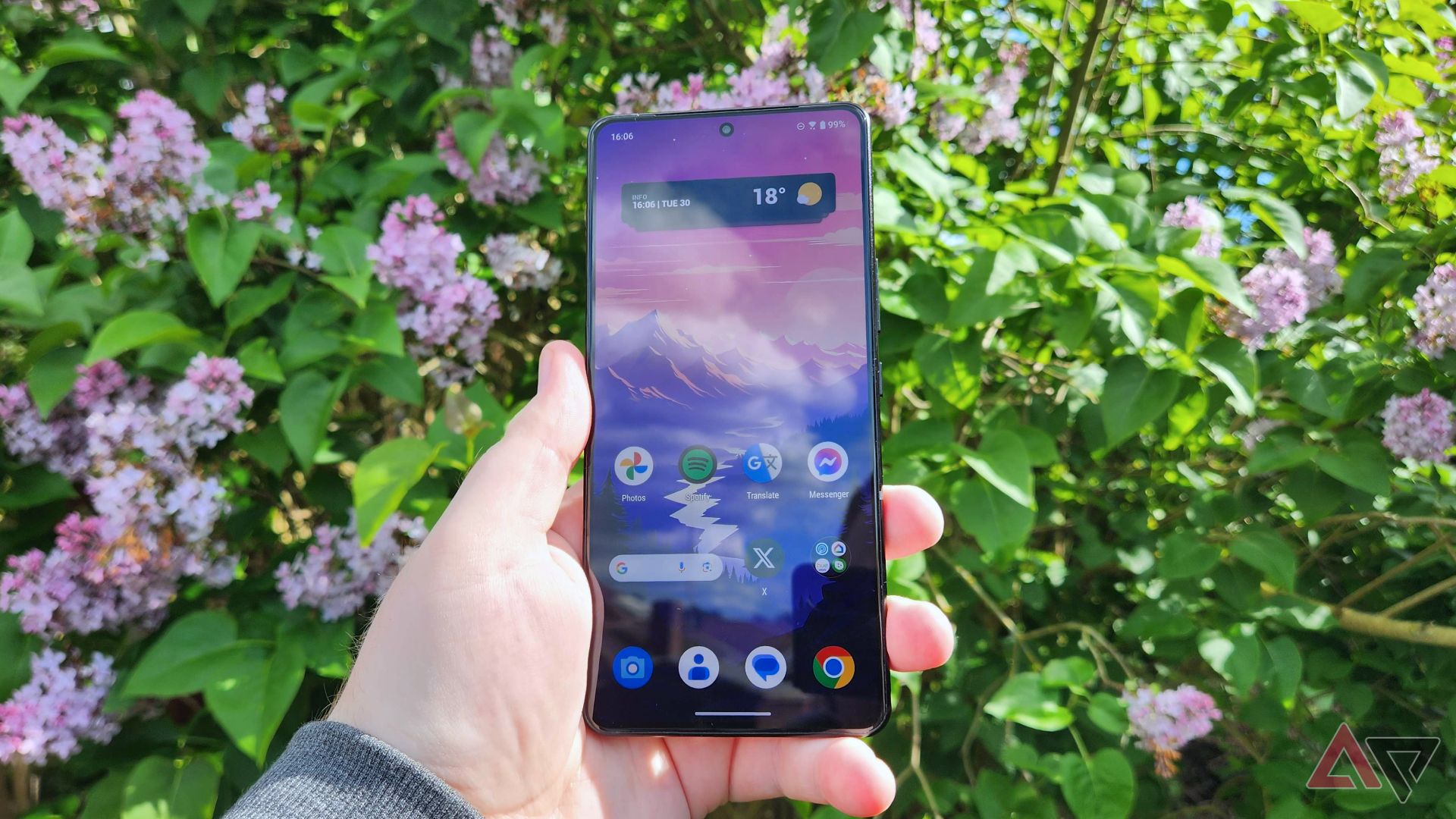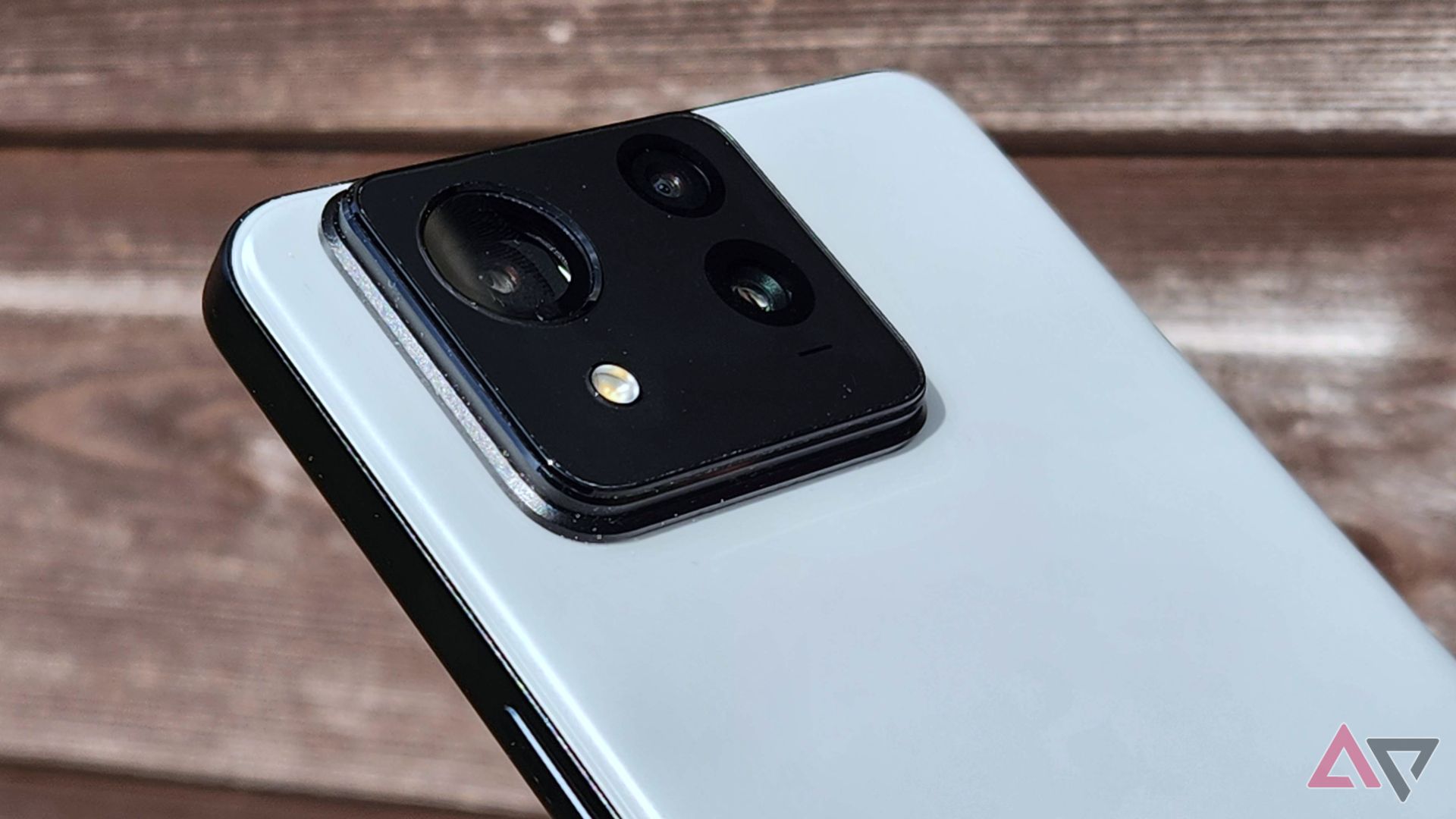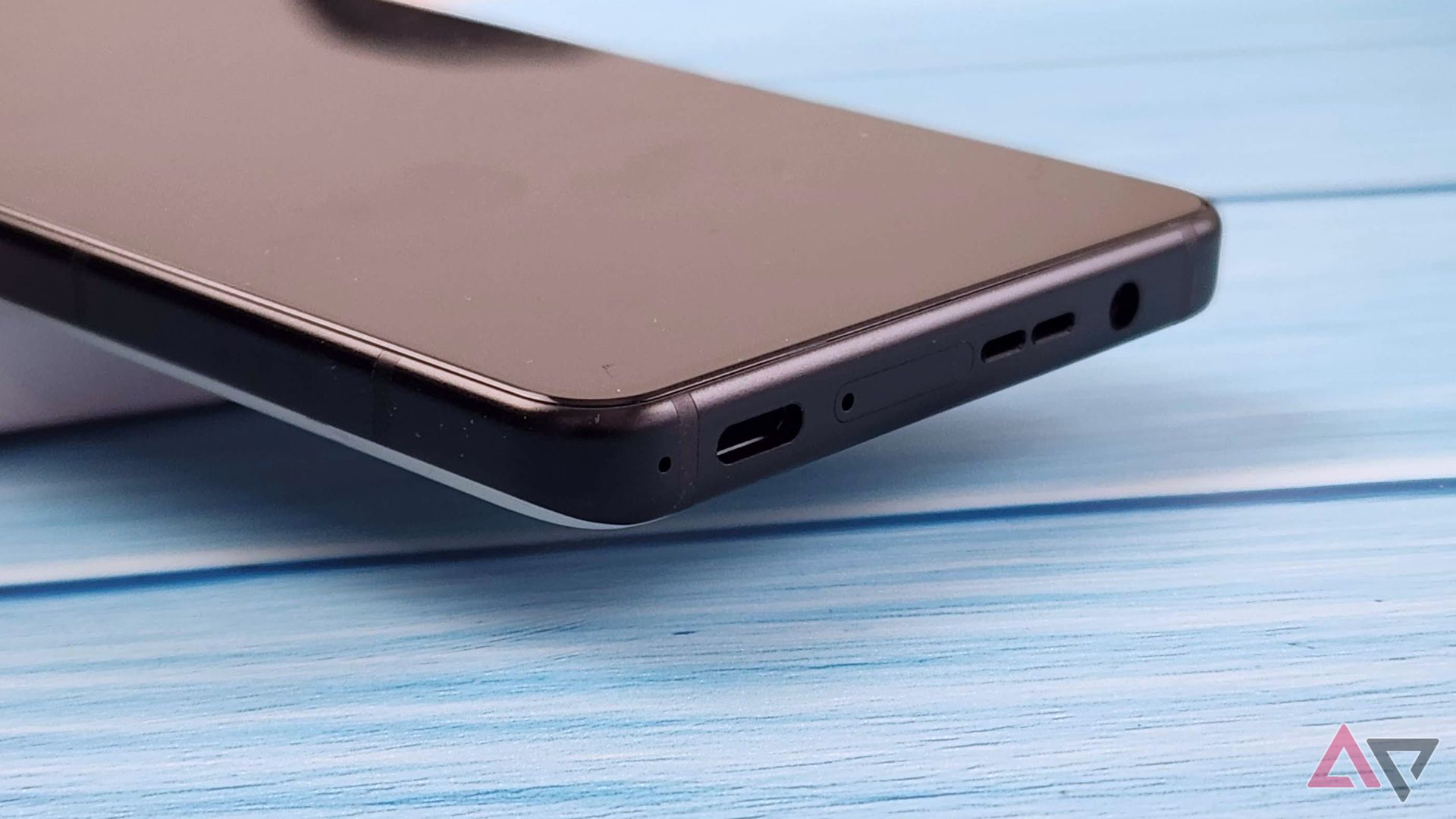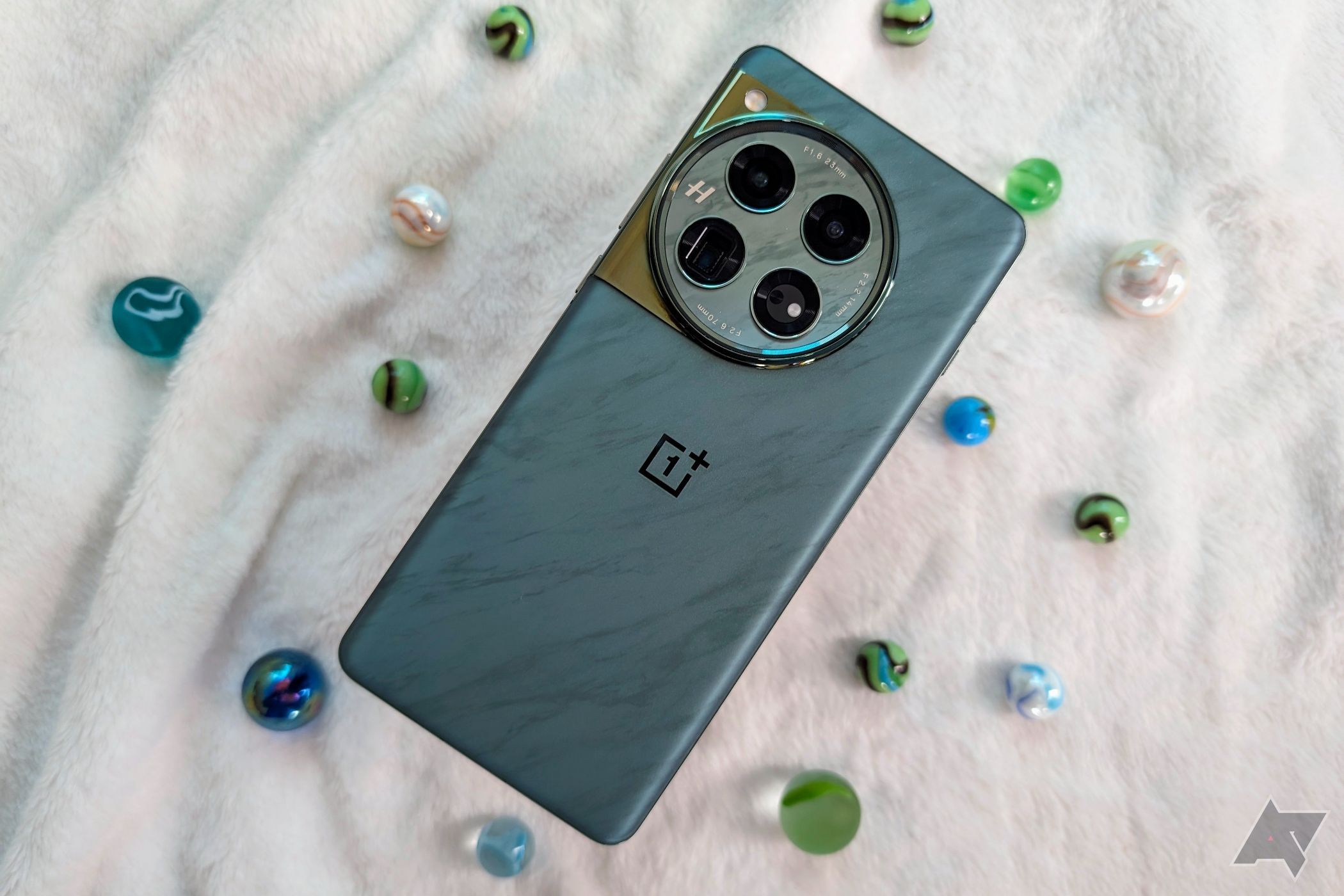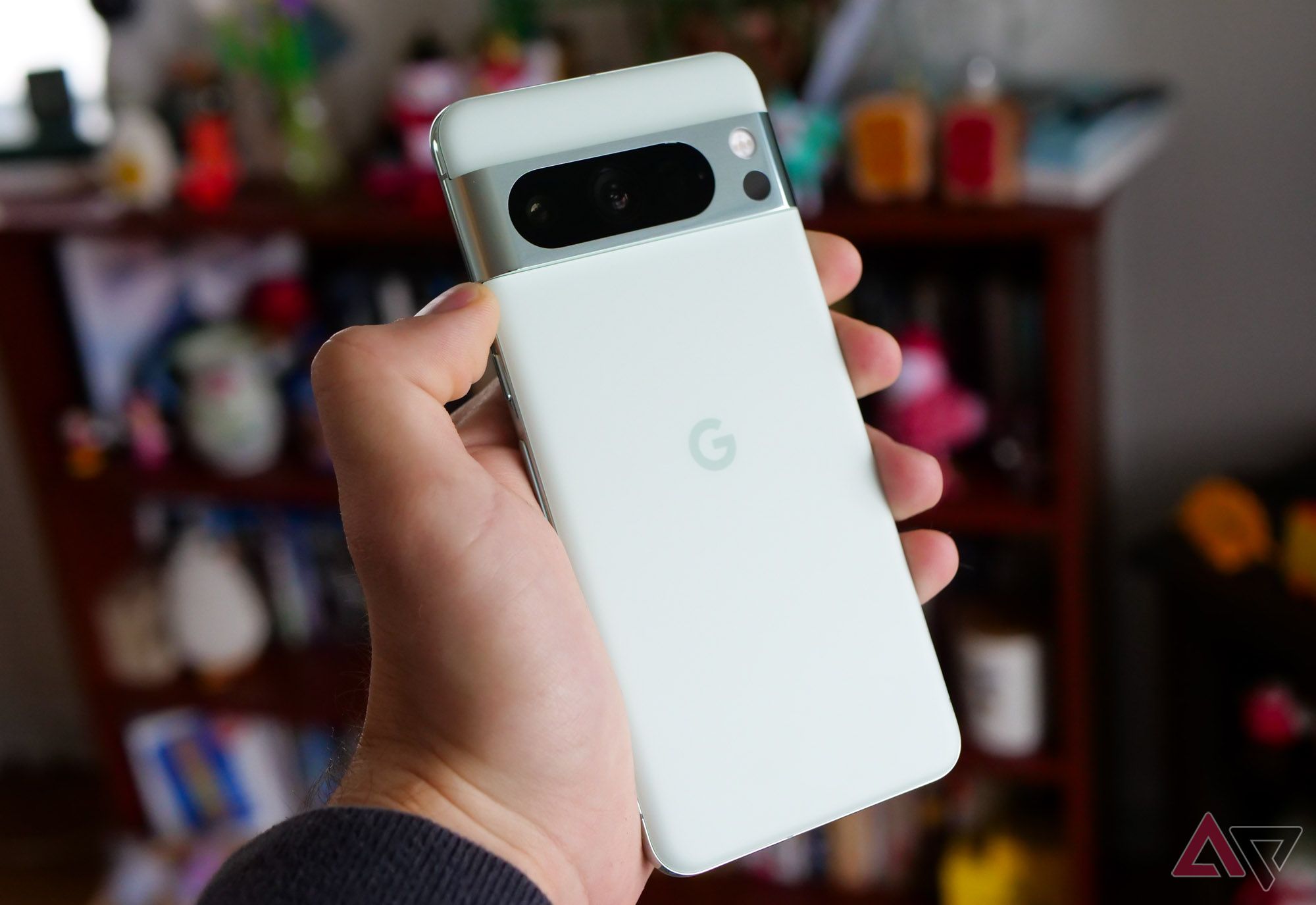Asus might not be the first name that comes to mind when you think of a flagship smartphone. But if you’ve been a technology enthusiast following the field for several years, you might immediately think of Asus when you hear the words “compact” or “small” phone.
Asus surprised everyone when it showed off its new Zenfone 11 Ultra, a massive device taller and thicker than the Galaxy S24 Ultra. It’s a large device by every stretch of the imagination, but slightly lighter than some competitors. It offers a quality display, a clean user interface, the latest and greatest specs, a quality camera setup, and even a beefy battery with true fast charging.
While the small smartphone era might be over, Asus certainly wants to reinvent itself and appeal to an even larger market, and the Zenfone 11 Ultra appears to tick all the boxes. Let’s take a deep dive and see what the newest kid on the block has in store for us.
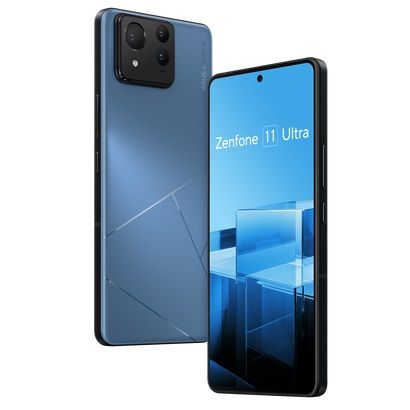

Asus Zenfone 11 Ultra
Staff pick
Asus’ latest Zenfone 11 Ultra is the portfolio’s highest-end and largest flagship device. It’s equipped with the Snapdragon 8 Gen 3 chipset, a beautiful display, and a triple camera setup that delivers high-resolution photos with great quality. It has a beefy 5,500 mAh battery and supports fast wired charging, enough to keep the lights on for up to two days on a single charge.
- Beautiful, bright, and responsive display
- Superb performance
- Competitive cameras
- Multi-day battery life and fast charging
- Slippery back panel
- The cameras struggle in very bright conditions
- Low-light shots contain bloom and lens flare
- Only 2 years of OS updates
Availability, network, and specs
Not as widely available as other flagships
The Asus Zenfone 11 Ultra isn’t as easy to find as other flagships from other phone makers, but you can buy it directly from Asus and Amazon. The phone is unavailable from carriers, but luckily, the device is supported on most networks, such as T-Mobile, AT&T, and other MVNOs (Mobile Virtual Network Operators) that utilize AT&T and T-Mobile’s networks.
The Zenfone 11 Ultra is available in several colors, including Eternal Black, Misty Gray, Skyline Blue, and Desert Sand. Note that the Desert Sand color is exclusively available only at Asus. The base model, the only model sold in the US, comes with 12GB of RAM and 256GB storage and retails for $900. Asus doesn’t offer any trade-in offers, bundles, or other incentives, but the company occasionally offers discounts on Amazon and its website.
Asus bundles in the usual stuff you’d expect with a flagship device and even more. The box looks minimalistic, and I appreciate the design. The package contains the usual documentation with warranty information, a SIM ejector tool, a black protective case, and a USB-C to USB-C cable for data transfers and charging.
Despite the Zenfone 11 Ultra supporting the company’s HyperCharge 65W charging solution, the power adapter is sold separately and isn’t included in the box.
Specifications
- SoC
- Qualcomm Snapdragon 8 Gen 3
- Display type
- LTPO AMOLED, 120Hz (144Hz gaming)
- Display dimensions
- 6.78″, 20:9
- Display resolution
- 2400 × 1080
- RAM
- 12GB LPDDR5X
- Storage
- 256GB UFS 4.0
- Battery
- 5,500mAh
- Charge speed
- 65W wired, 15W wireless, 10W reverse wireless
- Charge options
- USB wired, Qi wireless, reverse wireless
- Ports
- 1x USB-C 3.2, 1x 3.5mm
- SIM support
- Dual-SIM dual standby
- Operating System
- Android 14
- Front camera
- 32MP f/2.5
- Rear camera
- 50MP f/1.9 main gimbal OIS; 32MP f/2.4 3x telephoto OIS; 13MP f/2.2 120˚ ultrawide
- Cellular connectivity
- 4G LTE, sub-6 5G
- Wi-Fi connectivity
- Wi-Fi 7
- Connectivity
- NFC
- Bluetooth
- Bluetooth 5.4 with aptX Adaptive/Lossless
- Dimensions
- 163.8 x 76.8 x 8.9mm
- Weight
- 224g
- IP Rating
- IP68
- Colors
- Eternal Black, Skyline Blue, Misty Gray, Desert Sand
- Stylus
- No
- Price
- $900
Design and display
Undeniably premium
Gone are the days of small phones, but the Zenfone 11 Ultra shows that Asus is still taking its mobile lineup very seriously. The Zenfone 11 Ultra features a Gorilla Glass Victus 2 glass front and a glass back with an aluminum frame – which also has a stylish grid-like pattern that looks refreshing in a world where most phones have a single-colored glass panel.
Regarding looks and feel, the Zenfone 11 Ultra feels like a true flagship. Its toned-down aesthetics will fit with any clothes and dresses, and it doesn’t shout gamer or anything out of the ordinary. It’s not a boring-looking device, and it looks beautiful, especially in this Misty Gray color, although if I had to pick one, it would certainly be the Skyline Blue or Desert Sand color.
The glass panel on the back has a slight curvature that makes holding and using the large phone easy with one hand. At least, that’s what I would say if the glass wasn’t so slippery. The only other nitpick I have is that the rectangular camera island protrudes excessively. Fortunately, the phone doesn’t wobble on a flat surface, but that’ll depend on whether you have to put pressure on the top left side of the display. The same applies when using a case.
Moving over to the rest of the frame, the device has nothing on the left side, and the right side contains the volume rocker and the power button. The top only holds a microphone, while the real magic lies on the bottom. It houses an off-center USB-C port, a SIM card tray, a microphone and speaker, and, to my amazement, the good old 3.5mm headphone jack.
Flipping the phone to its front reveals the enormous 6.78-inch LTPO AMOLED display. The screen sports a 120Hz refresh rate, which can go up to 144Hz, which is especially useful in fast-paced shooter games. HDR10 is also supported, which made movies and TV shows look beautiful, which was especially helpful thanks to the 2,500 nits of peak brightness. The panel is bright for outdoor use, even in direct sunlight, and is dim enough when used in dark rooms.
The screen does have a punch-hole cutout for the front-facing camera, but it’s not obtrusive and doesn’t hurt the aesthetics. While some gamers might not be fans of this design, I think it’s easy to go unnoticed while playing.
Overall, it’s a beautiful display, and the hardware of the Zenfone 11 Ultra perfectly matches that of other flagships. While it’s true that I haven’t used a smartphone with a non-centered USB-C port for over a decade, this didn’t appear to be a problem, even while using the phone when it was plugged in.
It is, however, not the best placement when it comes to propping up the phone in the car and wanting to charge it simultaneously. It’s not a major issue, but it’s worth remembering, as a lot depends on how you use your phone.
Software and performance
Clean interface and solid performance throughout
The Zenfone 11 Ultra runs Android 14, and while it’s mostly a stock experience, Asus bundles in its own software package that offers numerous customization options. The company says it’ll provide at least two major software updates and four years of security patches for the Zenfone 11 Ultra, which puts Asus very far back on the manufacturer lists that provide adequate software support.
In a world where Samsung and Google offer seven years of smooth sailing, two years of OS updates simply don’t cut it anymore – though, it’s good to see that it’ll receive security patches for two extra years on top.
Regarding the software experience, the Zenfone 11 Ultra remains mostly stock, with Asus’ unique take offering a bit more personalization options to make it truly yours. Thanks to the Material You interface, the phone supports dynamic theming, and it can even generate wallpapers using AI.
Asus goes above and beyond, allowing users to change the look of the volume panel, incoming call display, clock appearance on lockscreen, the quick settings panel style, and power button menu. Furthermore, Asus’ software even allows users to change the volume adjustment mode and volume key for incoming calls, offering more options than other competitors.
This was great to see, and I appreciate the freedom and multiple choices for settings and designs. This should be standard on most smartphones, helping users pick whatever design and setting works best without relying on third-party apps.
Regarding daily usage, the Zenfone 11 Ultra performed much like any other flagship device. Everything ran smoothly thanks to the power of the Snapdragon 8 Gen 3 and 16GB of RAM. The phone remained responsive, even after long gaming sessions, and switching between apps was consistently swift without any slowdowns or hangs. I haven’t experienced throttling or overheating, even when playing a demanding game for over 3 hours.
And while this isn’t a ROG gaming device, Asus included a few gaming-oriented features to set itself further apart. When playing a game, users can see the phone’s stats, such as the temperature, clock speed, and battery. This Game Genie hub also allows users to set up macros, record their screens, and add a crosshair to improve their precision in shooting games.
As a casual gamer, I left most of these on their default settings, but it was very useful to change the gaming modes depending on the type of game I was playing in my free time.
Camera
Asus is more serious than ever about photography
The Asus Zenfone 11 Ultra borrows the camera setup from its gamer lineup, the ROG Phone 8 Pro. It features the same 50MP primary, 13MP ultrawide, and 32MP telephoto with 3x optical zoom. The primary sensor has a 6-axis gimbal stabilizer that helps reduce shakiness, while the standard telephoto opts for a more traditional OIS. On the other hand, the ultrawide lacks all stabilization features, and it has a fixed focus.
All three sensors capture beautiful photos in broad daylight. The contrast is often on point, and the colors are natural. There’s a bit of oversharpening and overprocessing, especially when using the wide sensor at 2x zoom. Overall, the results are usually quite decent and more than usable. I only found the colors unnatural when taking pictures in direct sunlight, where the Zenfone 11 Ultra sometimes struggled.
The dynamic range in those situations can be hit or miss, which also applies to the 32MP front-facing camera. Some results have blown out highlights, and while the detail and sharpness remain intact, the results aren’t always consistent.
Portraits aren’t too impressive either, and while they’ll get the job done, object separation isn’t perfect. The bokeh effect looks good, though, when object detection picks up and works as intended.
The telephoto sensor showed great promise, and it lived up to my expectations. The contrast could be slightly better along the dynamic range, but the overall results are usually really good. The colors are closely matched with the primary camera, and there’s plenty of detail. Even more surprising is that zooming in 10x and 30x showed some quite decent results. The 30x shots aren’t as clear and detailed, but they are better than some of the competition’s devices I’ve tried in the past year or so.
Like daytime photos, evening shots are oversharpened. These often contain bloom and lens flare from various light sources, like street lamps and other illuminated signs and surfaces. Some other artifacts can also be seen in some photos, likely due to overprocessing. On the other hand, the primary and ultrawide take decent photos with low noise and plenty of detail. They’re perfectly competent to capture your nighttime memories.
Battery life and charging speeds
Solid one-day battery, or two days for more conservative users
The Zenfone 11 Ultra packs a beefy 5,500 mAh battery with support for 65W fast wired and 15W wireless charging. The phone even supports 10W reverse wired charging, making it easy to top up your friends and other accessories if needed. It’s good to see that companies like Asus don’t skimp over the battery and charging department and go one step above the competition, where most Samsung and Google flagships are stuck with much slower charging standards.
Regarding daily usage, the Zenfone 11 Ultra can easily last a full day on a single charge. As a power user, the phone provides more than 6 hours of screen on time (SOT) by using apps like X (formerly known as Twitter), Threads, YouTube for a few hours, Facebook Messenger, and a few games here and there.
When the phone isn’t used for demanding tasks, it could easily last you well over a day, making it a two-day device for more conservative users. The Zenfone 11 Ultra is quick to top up, reaching a full charge in less than 45 minutes, and while Asus didn’t provide a power adapter in the box, the phone’s lower price makes it easier to justify the move.
Competition
The Zenfone 11 Ultra undercuts the competition, but not by much
When you take a closer look at the Zenfone 11 Ultra’s price, you see that it competes against flagship devices that cost less than other phones from well-known brands, such as Google, OnePlus, and Samsung.
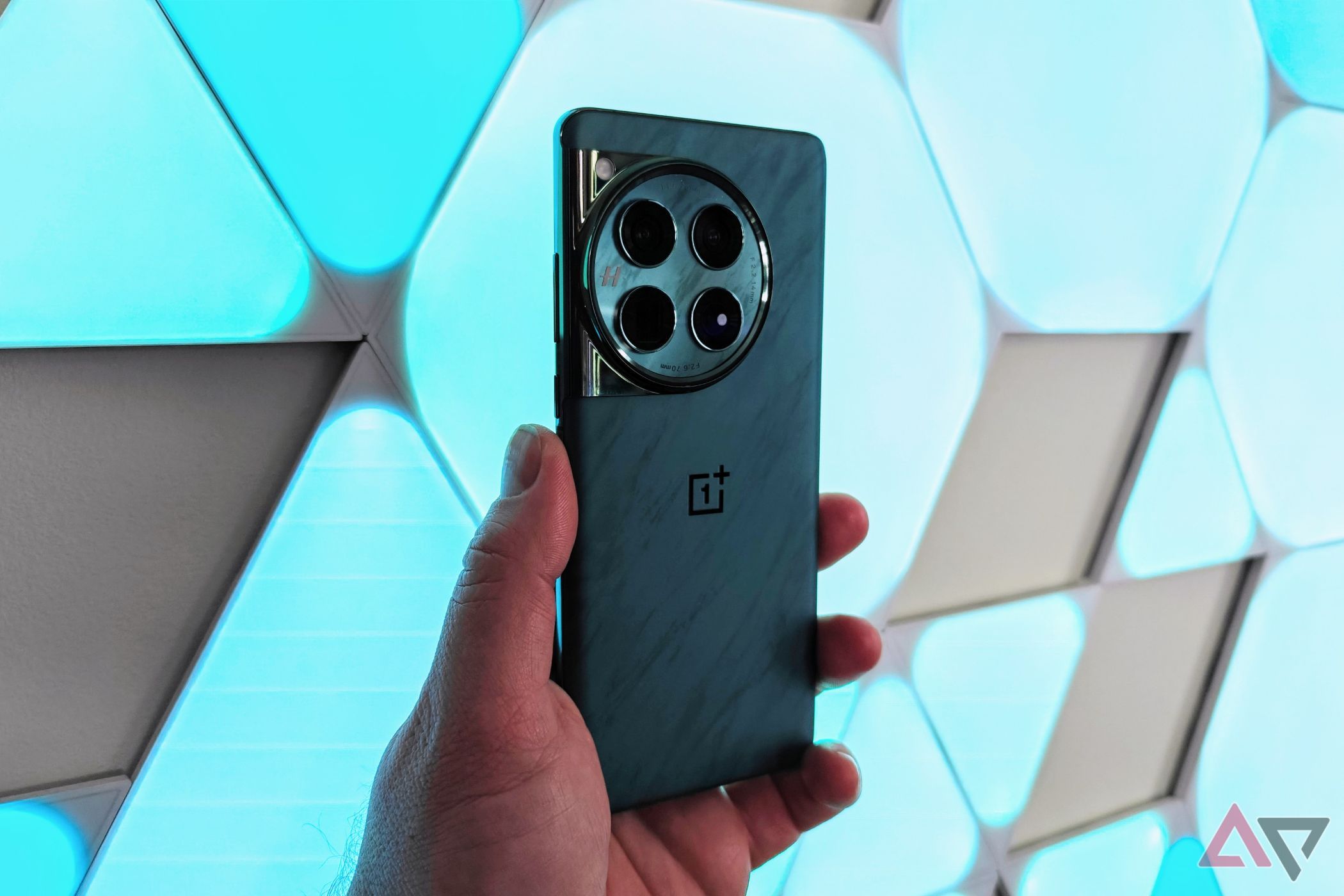
OnePlus 12 review: All flagship, no AI
This phone leaves nothing on the table, making for a truly complete package
The main competitor that comes to mind is the OnePlus 12, available from $800. If you want to futureproof yourself and like what OnePlus offers, that could be a better buy, especially as it has most of the same features, a great level of customizability, a long battery life, and four years of OS and five years of security updates.
The other competitor is directly from Google. The Pixel 8 Pro might cost a bit more; the device has been available since October 2023. When you consider the added discounts, bundles, and other deals, you’ll be able to find it for as much as the Asus Zenfone 11 Ultra or even less. Suppose you care about AI and want an even better camera performance, a great battery life, and an incredible seven years of OS and security updates. In that case, the Pixel 8 Pro is hands down a better alternative.
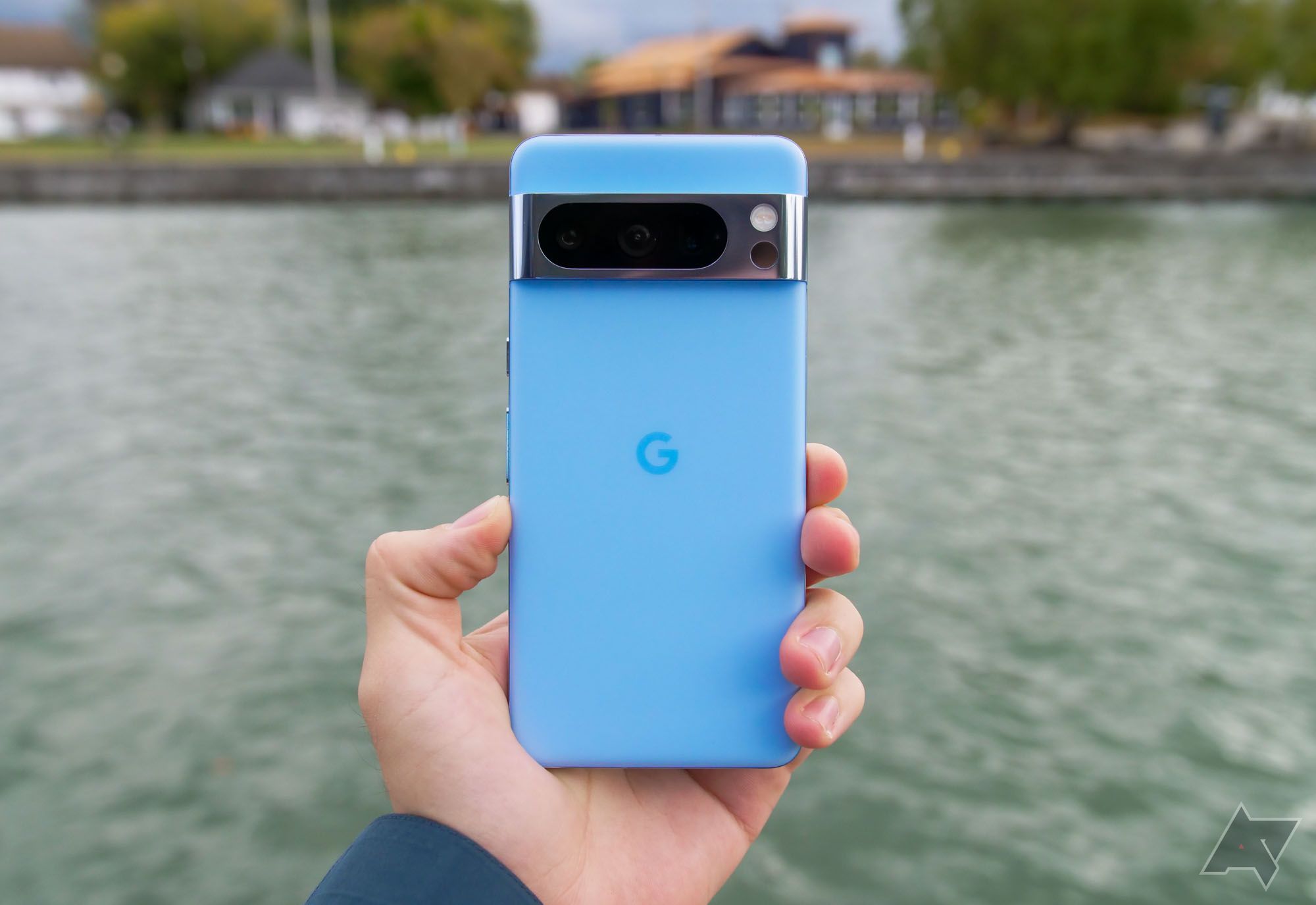
Google Pixel 8 Pro review: Living up to its name
If you want to see the future of Google, the Pixel 8 Pro is the phone to buy
Should you buy it?
The Zenfone 11 Ultra is a solid all-rounder that costs less and offers a premium package
Asus might no longer be the same kid in the block it once was, but that’s okay. The company has spent considerable resources to make its latest Zenfone 11 Ultra appeal to a much larger audience, resulting in a very appealing product that delivers in every department.
However, with a starting price of $900, the Zenfone 11 Ultra is a bit hard to justify. The competition offers similar devices with more competitive life support and the same or even better camera performance. If Asus wants to step up and compete against the likes of OnePlus and Google, it needs to make the phone more readily available at carriers in the US and offer some incentives for people to choose it over them.
With all things considered, the Zenfone 11 Ultra is a great flagship device. Asus delivered an excellent high-end smartphone with a decent camera, long battery life, superb performance, and enough unique features to make it stand out from the rest of the market. And while the market has shrunk to the level where only a handful of key players are left, it feels refreshing to see the Zenfone 11 Ultra compete against well-known brands. Suppose you want a smartphone that’s more stock, slightly different from everything else on the market, and provides an impressive experience with little bloatware. In that case, the Zenfone 11 Ultra is a perfect alternative.

Asus Zenfone 11 Ultra
Staff pick
The Zenfone 11 Ultra is a massive step up, especially in size, compared to its predecessor. The small refinements make the Zenfone 11 Ultra an excellent flagship, worthy of your pocket. And while it lacks in the support department, it makes up for it with its superb performance and endurance. If you’re looking for something different and stylish, and you don’t want to give your hard-earned cash to the likes of Google or OnePlus, the Zenfone 11 Ultra is one of the best alternatives out there for much less.
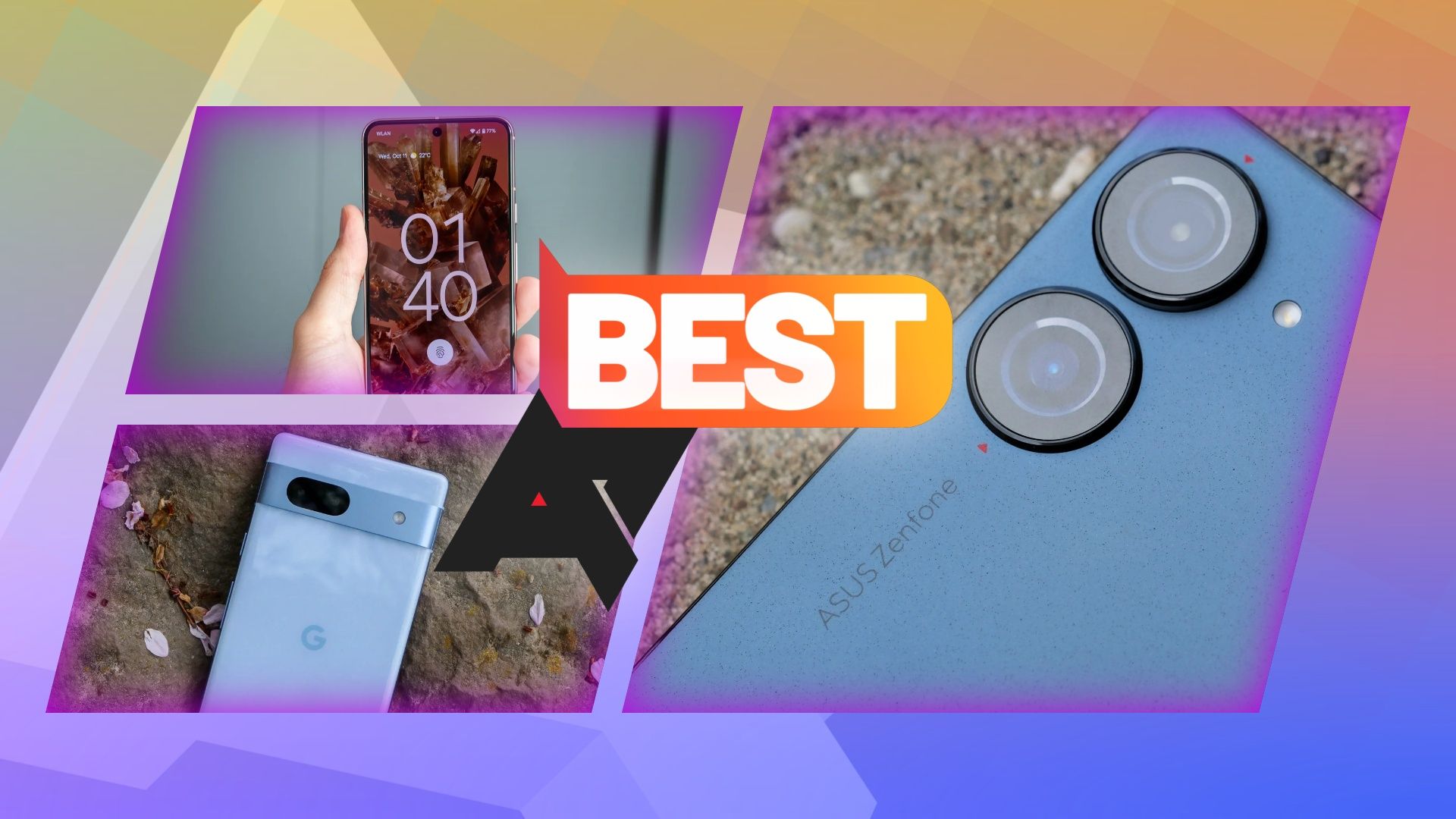
Keep it compact: our favorite small phones this year
These small phones are bucking the trend in a world full of phablets
Source link

